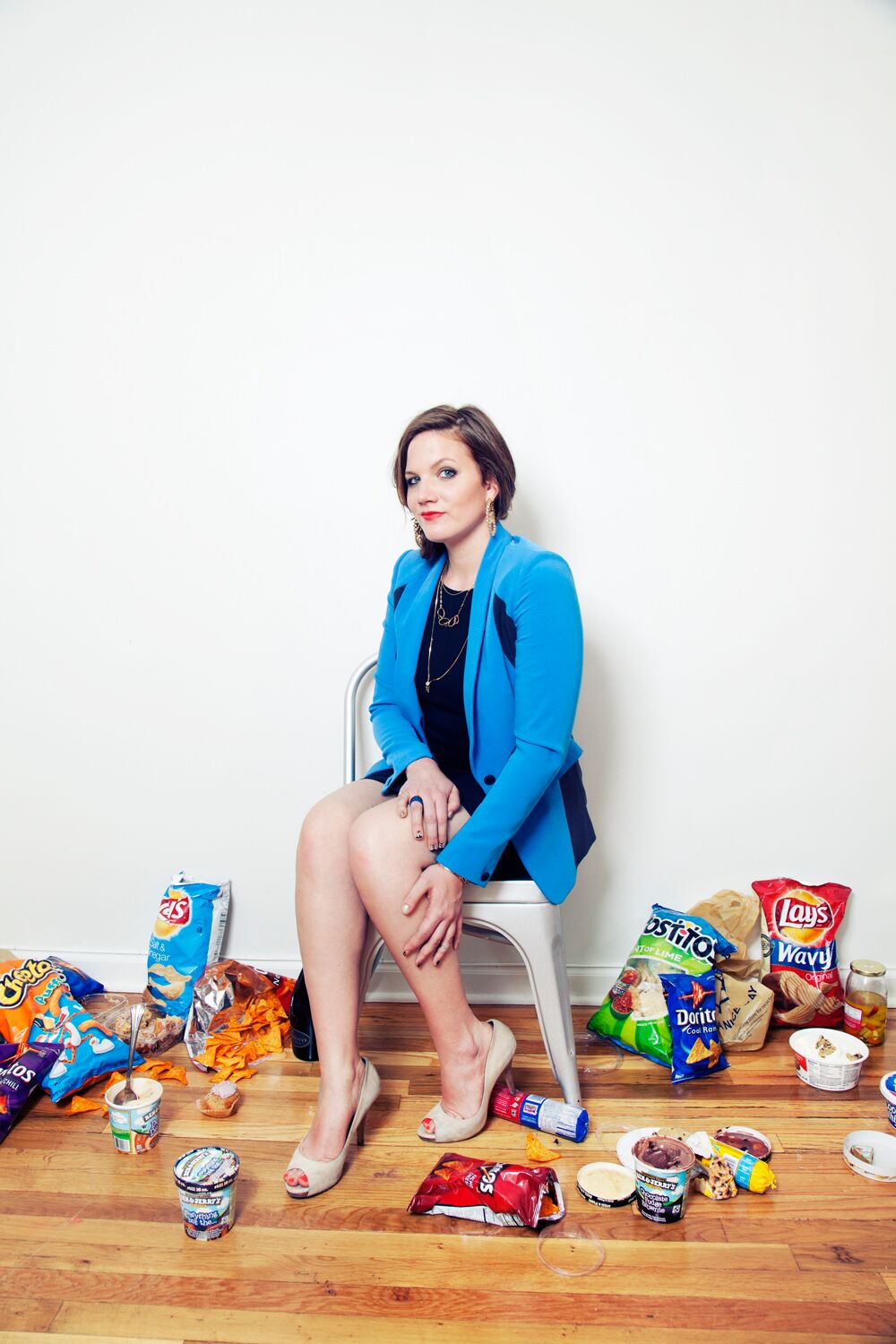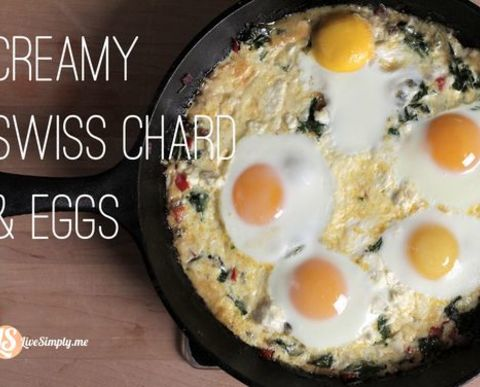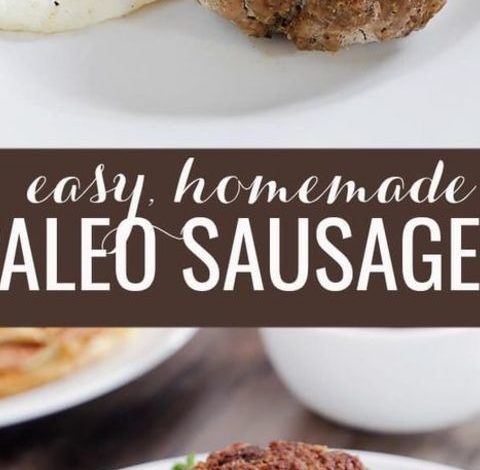
What is Intuitive Eating? A Guide for Binge Eating Recovery
Today I’m answering one of the most foundational questions I get in my work…what exactly is Intuitive Eating?
For context, let me tell you how I first learned about Intuitive Eating…
Let’s start here: I was a “low-bottom” binge eater—meaning, I would make myself so sick and so full with food that it was not uncommon for me to call in sick from work or leave work early after raiding the corporate kitchen.
More than that, I was OBSESSED with food. My entire life revolved around what I was going to eat that day, how I was gonna get my steps in, how I was gonna track my points or carbs or macros or whatever-the-fuck-it-was-that-month
…in essence, a near-constant stream of food-and-body NOISE in my head all day long.
Trying to lose weight—or maintain weight loss—was a full-time job
…that to be honest…I wasn’t very good at…the binges always found me eventually.
ENTER: INTUITIVE EATING.
Now, before I get into the role of Intuitive Eating in binge eating recovery,
please note, that Intuitive Eating was only ONE PART of my healing process (albeit a pretty important part), and there were several other steps I had to take mentally, physically, and emotionally to fully recover from binge eating and my generalized obsession with food and weight.
That being said, in this post I’ll be talking specifically about the role of Intuitive Eating in binge eating recovery, as well as what you can do to make these changes in your own life.

Intuitive Eating is the process of making decisions around food based on your bodies internal hunger cues and other physical sensations—rather than trying to adhere to externally prescribed meal plans, food rules, etc.
In other words, Intuitive Eating is the process of choosing to eat what makes you feel good on a moment-to-moment basis, rather than trying to follow “shoulds” dictated by an external authority—or by your own obsessive dieter mind.
There are many reasons to eat intuitively,
the most obvious being that most people can’t sustain “food rules” for very long, and “shoulds” often lead to rebellious rebounds or binge eating in the long run.
We’ll talk more about how to get started with Intuitive Eating in a moment, but for now, consider this:
when a dieter makes decisions about what to eat—they might ask:
“What should I have for lunch?” or, “What can I have for lunch?” and try to stick to whatever rules or boundaries they have set for themselves in the name of “health” (or more typically, in the name of weight control).
An Intuitive Eater, however, may ask—
- “What do I want to have for lunch today?”
- “What would feel good to eat right now?”
- “What am hungry for?”
- “What would satisfy me?”
- “What would be pleasurable to me?”
In other words, Intuitive Eating is about pleasuring and caring for the body you have in this present moment—while dieting, meal plans, “rules” and “restrictions,” are more typically about controlling your body (especially trying to control your body’s size).
It’s worth noting that all humans (and animals!) are naturally designed for Intuitive Eating—and struggle with dieting and food restrictions—hence the phrase “diets don’t work.”
We humans—like all other animals—have evolved to regulate our food and weight naturally through instinct, feeling, hunger, etc.,
NOT calorie counts, nutrition facts, food labels, or “food rules.”
When we deny our natural instincts around food (through dieting or restriction), dysfunction around food ensues very quickly.
Common symptoms of chronic dieting and food restriction include:
- Binge Eating,
- Weight Cycling (or “yo-yo dieting”)
- Food Obsession,
- Compulsive Eating,
- Emotional Eating,
- and pretty much any kind of clinical *eating disorder* you can think of.
Yikes.
Why Does Intuitive Eating Help Stop Binges?
At its core,
Binge eating is a biological reaction to deprivation around food.
Binge eating may be a response to physical deprivation (e.g. hunger, dieting, weight suppression, etc.) or it may be a response to emotional deprivation, which you can read about here.
Binge eating is eating because you haven’t had bread in 3 weeks and you can’t hold back one second longer…(aka “falling-off-the-wagon eating”)
OR it’s eating because “fuck it…I’ve already screwed up…I might as well eat EVERYTHING that isn’t nailed down…and get back on the wagon starting tomorrow” (aka “last supper eating”).
In other words,
binge eating is what happens when we deny—or threaten to deny—our natural, biological instincts around food.
Intuitive Eating—on the other hand—is the practice of responding to our hunger signals (and other bodily sensations) as they arise.
In so doing,
Intuitive Eating eliminates the most pressing and common cause of binge eating—which is physical dieting or restriction around food.
Unlike diets—which I define as forced attempts at weight loss through restricting or trying to “control” food,
the goal of Intuitive Eating is NOT weight loss, but to have a healthful relationship with food both physically and mentally.
In other words, the goal is to stop feeling like a crazy person around food—not to be thin at all costs.
As you heal your relationship with food—both physically and mentally—your body will arrive at its unique “set point weight,” which is the weight your body sustains effortlessly when you are not dieting and bingeing (i.e. when you’re eating “normally”).
While some people advocate Intuitive Eating “for weight loss,” it is dangerous to pursue this path, and can easily trigger binge eating just like any other diet.
There are both physical and emotional reasons for this, but the primary reason why “Intuitive Eating for Weight Loss” usually backfires is that effective Intuitive Eating depends upon letting go of diet-mentality (more on this later).
The pursuit of weight loss is the #1 trigger—and possibly the defining feature of—diet-mentality, which you can read more about here.
Intuitive Eating and Weight Set Point Theory
When you are eating intuitively AND have a healthy relationship with food (physically and mentally) you will eventually arrive at your unique set point weight.
This is the unique body weight that you maintain effortlessly when eating “normally” (aka not dieting and bingeing).
Everyone’s set point weight is different and may be higher, lower, or the same as your current weight—depending on where you currently are in your “yo-yo” dieting cycle.
This weight may or may not line up with your dreams and visions of permanent thinness—which are largely dictated by unrealistic beauty ideals—but it will be the body that you can sustain effortlessly without dieting, binging, or obsessing about food.
Most people are not capable of maintaining weights below their set point for very long (hence: binge eating)—and for the few who are “able,” there may be grave physical and mental health consequences to suppressing your natural size.
In other words, the weight you arrive at when you’re eating intuitively is probably the healthiest weight YOU can be.
This weight is largely genetically determined—although it may be affected by environmental, biological and other factors, most of which are outside of our conscious control.
There are several books that teach the core principles of Intuitive Eating—or more specifically, there are several books that teach people how to listen to their bodies for information about what to eat, rather than externally prescribed diets.
Some of these books actually use the words “Intuitive Eating” and some don’t. For instance, I’ve heard the words “attuned eating” or “hunger-directed eating” used to describe very similar concepts, with some differences from book to book.
Most of these books focus on listening to hunger and fullness signals specifically, although they may also discuss other bodily sensations (e.g. “how does a particular food make you feel, physically, after you eat it?”)
I personally have my own unique way of teaching Intuitive Eating, which I discuss at length in my coaching programs.
The core themes, however, are the same—which are (in short) tips, tools, and “how-to’s” for learning to listen to your body for information about what to eat, rather than relying on diet rules.
The Intuitive Eating Book & Workbook (Review)
The most widely read book about these concepts is likely the original “Intuitive Eating” book by Evelyn Tribole and Elyse Resch—for which the term was coined in 1995.

Their particular take focuses on their own “10 Principles of Intuitive Eating,” which include:
- Reject the Diet Mentality
- Honor Your Hunger
- Make Peace with Food
- Challenge the Food Police
- Respect Your Fullness
- Discover the Satiation Factor
- Honor Your Feelings Without Using Food (FYI—I find this particular principle a bit problematic for reasons explained below).
- Respect Your Body
- Exercise: Feel the Difference
- Honor Your Health with Gentle Nutrition
I’m hesitant to go through and review each “principle” because it would take a lot more writing than a single blog post can provide—however, I will say:
while this book is far from perfect (for reasons I’ll explain in a moment), I do generally recommend this book as a starter guide to Intuitive Eating principles and the non-diet approach.
This book explains in great detail how your body’s hunger signals work, what they feel like (ish), and why they are a much safer (and more dependable) guide for making choices around food than traditional diets.
If the actual “how-to’s” of noticing signals like physical hunger or fullness elude you (or simply overwhelm you, which may well be the case after years of dieting),
this book can provide pretty in-depth support in your transition to trusting your body’s hunger signals around food.
That being said, there are parts of this book that I think can be problematic for clients in recovery from diet-binge cycling or other disordered eating behaviors.
Below are a few common “challenges” or “pitfalls” that my clients often fall into when reading (or possibly misreading) this book, or when pursuing other versions of hunger-directed eating.
The 3 most common challenges/pitfalls that people struggle with when they first begin Intuitive Eating are the following:
- “The Hunger & Fullness Diet” (or the “Don’t-Eat-Emotionally Diet”)
- Underestimating hunger (read this even if you don’t think it applies to you)
- Trying to control weight through “eating intuitively”
The “Hunger & Fullness Diet” (aka The “Don’t-Eat-Emotionally” Diet)
The “Hunger & Fullness Diet” (aka the “Don’t-Eat-Emotionally Diet”’) are terms I coined to describe the single most common pitfall I see clients fall into when they beginning Intuitive Eating.
This happens when people turn “hunger and fullness” into RULES to follow—
for instance, when people turn “eating when physically hungry” or “not eating emotionally” or “not getting too full” into things they “should” or “should not” do.
The “Hunger & Fullness Diet” is problematic for a few reasons:
First off,
trying to eat ONLY within certain “acceptable” boundaries (e.g. “hunger and fullness”) can trigger binges when you inevitably “give in” or “fail.”
When I first started practicing Intuitive Eating, I used to feel incredibly guilty (or even ashamed) when I would eat emotionally, or get really full. In other words, I thought my “emotional eating” was a “screw up.”
Of course, whenever I thought I “screwed up,” I would then binge my face off, because…
“I’ve already ruined my day—so I might as well binge my face off and try ‘Intuitive Eating’ again tomorrow.”
In other words, I turned Intuitive Eating into a “wagon” that I could fall on and off of.
When you turn Intuitive Eating into a “wagon” that you can fall on or off of, you’re almost guaranteed to “fall off” of it eventually—and probably binge your face off in the process.
Underestimating Hunger (Don’t Skip This)
It’s clear in retrospect that I highly underestimated the amount of food I really needed in my early days of Intuitive Eating.
This is likely because diet-mentality (especially the “hunger & fullness diet” or the “don’t-eat-emotionally-diet”) got in the way of my trusting my natural instincts around food.
For instance, if I didn’t feel a “growl” in my stomach or other physical sensations that I personally labeled hunger, I would put that urge into the “emotional eating” category.
The reality, however, is that I may have been experiencing signs of appetite…which is simply a “drive to eat” that may—or may not—accompany specific physical sensations in the body.
Thinking about food is often the first sign of physical hunger we experience,
which is why trying to draw a narrow line between “emotional eating” and “eating for hunger” is actually more complicated (and less reliable) than you might think.
This is one of many reasons dieters and restrictors spend so much time thinking about food—thinking about food is a “symptom” of hunger.
Additionally, it is quite normal to want (and need!) to get very full when recovering from restriction or weight suppression.
Your body may legitimately need much more food than your definition of “acceptable fullness” might suggest.
Why trying to lose weight through “eating intuitively” usually backfires
Another common pitfall people fall into when attempting to “eat intuitively,” is practicing Intuitive Eating in an attempt to control weight, rather than as a method of weight-neutral self-care.
This fails for very similar reasons as the first two common pitfalls—
DIET MENTALITY.
When you pursue any particular “way of eating” for the purpose of weight control, it’s almost inevitable that you will judge your “performance” every step of the way, probably try to undercut your needs, and as a result, you may very well continue binge eating too.
You can read more about why this doesn’t work in my post “How to Stop Binge Eating” by clicking here.
Instead of using Intuitive Eating as a form of “weight control,” try using it as a tool for taking care of the body you have right now, and for the purpose of living your mentally and physically healthiest life (rather than your thinnest-at-all-costs life).
In my opinion, learning to listen to your body about what to eat is only ONE part of the total recovery equation.
Making the necessary mental and emotional shifts to truly let go of dieting (and diet mentality) is the “real challenge” that most people face in healing their relationship with food.
While the Intuitive Eating book addresses some of these challenges, most people need more support to combat diet mentality—especially through the perspectives of Fatphobia, body image concerns, or a general desire to “control” food or weight.
If you’re feeling like,
“I don’t know what I’m doing wrong! I’m trying to eat Intuitively, but I just keep binge eating!”
You are almost certainly still struggling with unhealthy attitudes about food and weight, or are trying to use Intuitive Eating as a form of food or weight control.
Diet Mentality is complex, can take many forms (e.g. the “hunger & fullness diet”), and typically reflects a person’s body image, fatphobic beliefs or societal ideas about what eating “should” look like.
Resources for Healing Diet-Mentality (& Diet-Binge Cycling)
In addition to the Intuitive Eating book,
I highly recommend checking out the book Health At Every Size, which describes the importance of pursuing a weight-neutral approach to health—rather than the traditional “diets-for-health” approach, which is almost certainly hurting our collective health (and sanity) long-term.
Additionally, if you’re struggling with binge eating, emotional eating, chronic dieting or food obsession—check out my Master Class + Group Coaching program
…or get a free peek at StopFightingFood.com
Can’t wait to hear what you think!
xo Isabel


